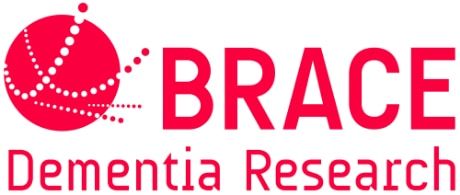Dr Vasanta Subramanian
PhD: University of Bath, 2019
Disease in a dish: using stem cells to model fronto-temporal dementia
Scientific title: Developing human induced pluripotent stem (iPS) cell derived models for FTD
Type of project: Small programme grant
What do we already know?
Stem cells are the most versatile cell type in the body, since they possess the capability to turn into any type of cell by switching the relevant genes on or off. Our understanding of stem cells is quite substantial, and we can now control the types of cells they differentiate into (e.g. neurons). In the early days of stem cell technology, these cells would have to be isolated from embryos or adult bone marrow (however the latter are limited in the number of cell types they can become). However, recent major advances in genetics mean that we can now “reset” skin cells isolated from individuals and transform them into stem cells that are able to differentiate into neurons. These types of stem cells are known as “induced pluripotent stem cells” (iPS cells for short) and can be used to create immortal cell lines from healthy and diseased individuals to study the differences between various cell types.
What is this project trying to find out?
Fronto-temporal dementia affects people under 65, and we know very little regarding its causes and the changes that lead to the disease. No robust cell or animal models are available and this makes the approach of creating iPS cells from the skin of patients and turning them into nerves in a dish an exciting, useful and relevant model to study the disease as well as to evaluate therapies. Dr. Subramanian’s group have already established iPS cells from a patient with FTD and healthy controls, and this project aims to understand the differences between the normal iPS cell-derived neurons from a healthy individual and those from an FTD patient. The normal and diseased neurons will be generated in a dish and the group will be able to generate an unlimited supply of these nerves by preserving a continuously dividing cell line of iPS cells from the two individuals.
These nerves will serve as a disease model and can eventually be used as a ‘Disease in a Dish’ for testing of potential dementia therapies. The two main experimental techniques that will be used are reprogramming of skin cells to iPS cells which is a cutting edge new technology and imaging nerves.
How do they do this?
Skin cells will be taken from healthy and FTD individuals, and using the PiggyBac transposon gene tool, these cells will be transformed from skin cells into neurons. The researchers will then use transcriptomics to compare genetic and molecular differences; they will also image the different neurons to measure the formation and maintenance of dendritic spines and neuronal survival under stress. Finally, in collaboration with Prof Paul Kemp (University of Cardiff), the functional electrical properties of the neurons will be characterised by electrophysiology.
Why is it important?
By re-programming skins cells into nerve cells from consenting human adults, this study completely bypasses the ethical implications that come with using embryonic stem cells or animal models. Moreover, the iPS cell-derived neurons will come from humans with FTD, meaning the results obtained are extremely relevant and may not be due to species differences. The nerves themselves will serve as a disease model (‘Disease in a Dish’) for screening and testing of dementia treatments. Additionally, this sort of approach can also be applied to study other forms of dementia.
Further information
Please click here for more information about the work of Dr Vasanta Subramanian.
Share this page
